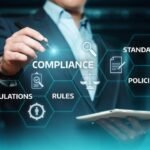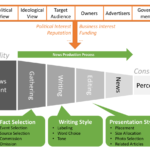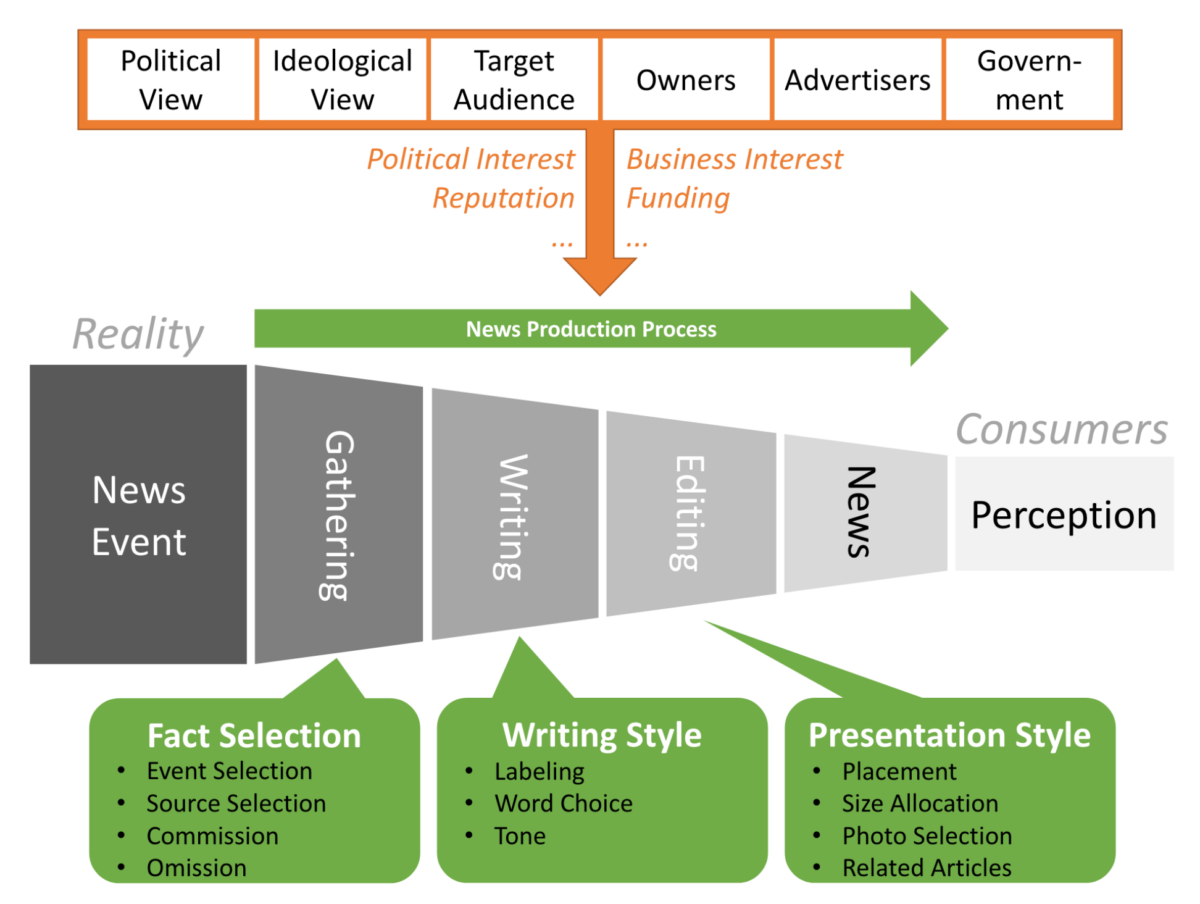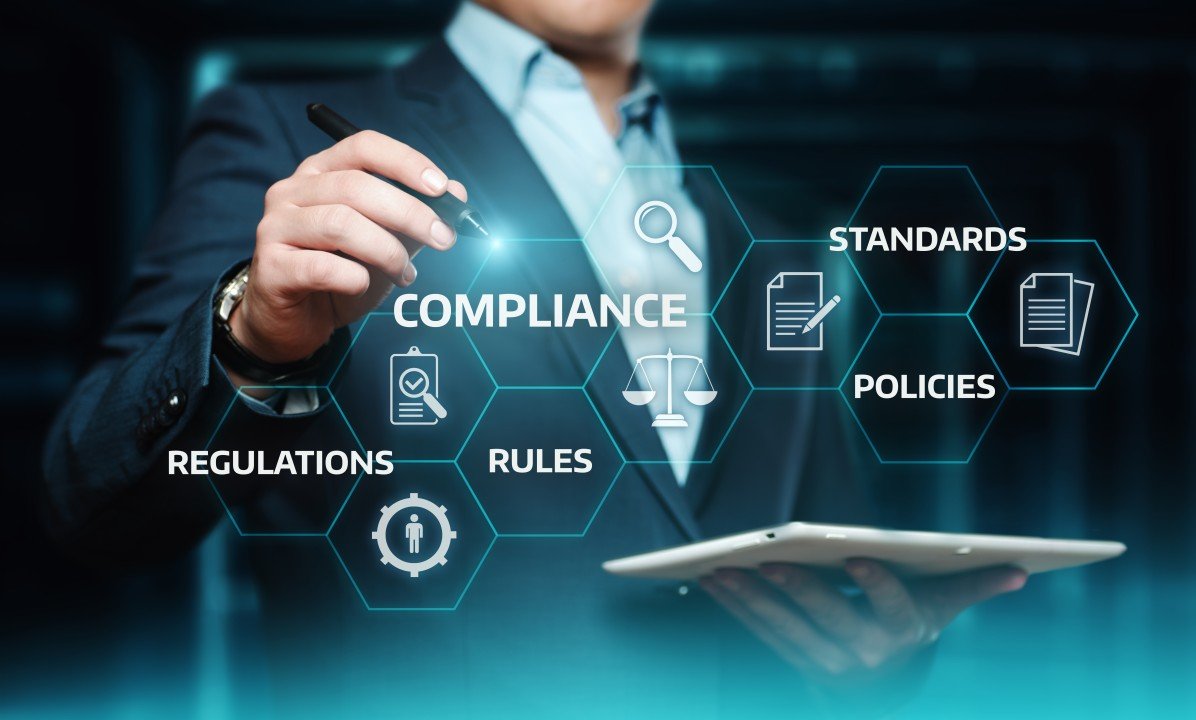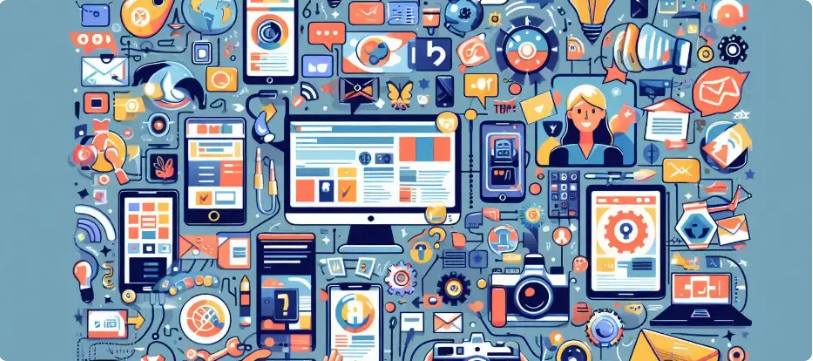In today’s rapidly evolving digital landscape, where news is consumed through a variety of channels—social media, online platforms, cable networks, and more—understanding the influence of media bias is crucial. With every news outlet presenting its version of reality, the need for a reliable tool that analyzes media bias has never been more pressing. That’s where platforms like Biasly come into play. Biasly offers a comprehensive analysis of news from multiple perspectives, pinpointing biases and evaluating the reliability of media sources.
In this article, we will explore the concept of media bias, its implications on public perception, and how platforms like Biasly are attempting to provide clarity in an era of polarized and sometimes distorted information.
What is Media Bias?
At its core, media bias refers to the skewing of news coverage or the framing of stories to reflect a particular ideology, agenda, or political perspective. This bias can be subtle or overt and is often reflected in how facts are presented, which facts are highlighted, and which are omitted. It is also influenced by the political, cultural, or corporate interests of media organizations or journalists.
There are several forms of media bias, including:
- Selection Bias: This occurs when media outlets selectively choose which stories to report and which to ignore, based on their agenda or audience.
- Confirmation Bias: Media can present information in a way that aligns with the views of their target audience, reinforcing existing beliefs rather than challenging them.
- Framing Bias: The way a story is framed—the language used, the context provided, or the visuals chosen—can subtly influence how the audience interprets it.
- Content Bias: This refers to the way certain events or individuals are portrayed, often favoring one side of an issue over the other.
Given the sheer volume of content produced by news outlets today, from traditional newspapers to blogs and social media feeds, it’s increasingly difficult for consumers to navigate this flood of information without encountering some degree of bias.
The Rise of Political News Trends:
In the United States, media bias often manifests along political lines, reflecting the growing polarization within the country. While political leanings and ideological preferences have always influenced media coverage to some degree, the division between conservative and liberal viewpoints in the media has deepened in recent years.
Fox News, for instance, is often regarded as a conservative-leaning outlet, while CNN and MSNBC have been accused of exhibiting more liberal tendencies. These networks, and others like them, have honed in on specific audiences—Republican-leaning or Democrat-leaning—leading to divergent narratives that reinforce partisan divides. This trend has intensified with the rise of social media, where algorithms reward sensationalism and engagement, leading to even more extreme political content.
The impact of these trends on public perception cannot be overstated. A viewer who consumes news from a single source, without seeking out multiple perspectives, is likely to develop a skewed understanding of events. This fragmentation of information, where individuals primarily interact with content that aligns with their pre-existing views, is known as the “echo chamber” effect. In an echo chamber, opposing viewpoints are dismissed, and there is little room for constructive dialogue.
How Media Bias Shapes Public Perception:
Media outlets not only inform the public but also shape perceptions of the world. The way news is reported—through selective emphasis, framing, and language—can influence how the audience understands political issues, social movements, and even international conflicts.
Take, for example, how political protests are covered. Depending on the outlet, protests may be portrayed as either “peaceful demonstrations” or “riots.” These choices can sway the audience’s view of the protestors and their cause. Similarly, the language used to describe politicians—terms like “liberal,” “conservative,” “radical,” or “moderate”—can influence how viewers perceive these figures, regardless of their actual policies.
This bias is not limited to overtly political stories. Even coverage of natural disasters, economic reports, or cultural phenomena can carry implicit biases. For example, the way a disaster is framed (as a “crisis” versus a “tragedy”) or the extent of the disaster’s coverage can reflect underlying biases in the outlet’s approach to news.
The cumulative effect of media bias is significant. It can lead to distorted perceptions of reality, foster political polarization, and make it harder for individuals to understand the true complexity of issues. In an age where news is omnipresent, media bias plays an outsized role in shaping the opinions and beliefs of the public.
The Importance of Media Bias Analytics:
Given the prevalence of media bias and its impact on public perception, tools that offer media bias analytics have become invaluable. Platforms like Biasly provide a much-needed service by analyzing news from multiple sources, identifying biases, and ranking outlets by their reliability. By doing so, they offer users a more balanced view of current events, helping to mitigate the effects of echo chambers and providing a clearer picture of the news landscape.
Biasly works by scanning a wide range of news sources and applying a set of criteria to assess the reliability and bias of each. This includes evaluating the language used in articles, the diversity of sources cited, the range of political perspectives represented, and the transparency of the reporting. The platform categorizes outlets along a spectrum from “left-leaning” to “right-leaning,” providing a quick, easy-to-understand overview of the ideological leanings of a given outlet.
One of the key features of such platforms is their ability to identify whether an outlet is more likely to present news with a conservative or liberal slant. By evaluating multiple angles of the same story, Biasly helps users recognize how various media sources may shape their perception of an event. This approach is not only educational but empowers individuals to make more informed decisions about the media they consume.
The Role of Media Literacy in Combating Bias:
While tools like Biasly offer an important service, they also highlight the growing need for media literacy in today’s information age. Understanding media bias is not just about identifying a particular news outlet’s political leanings—it’s about recognizing the broader forces that shape the news cycle and affect how stories are told.
Media literacy involves being able to critically analyze and evaluate the news, recognizing when information is being distorted or selectively presented. It’s also about understanding the importance of seeking out multiple perspectives and being willing to challenge one’s own biases. By developing these skills, individuals can reduce the impact of media bias on their own worldview and become more discerning consumers of news.
Conclusion:
Striving for Balanced Media Consumption:
In a world where media bias is prevalent, understanding and addressing its influence on public perception is more important than ever. Platforms like Biasly provide essential tools to help users navigate this complex landscape, offering insights into the biases of various outlets and helping to promote a more balanced understanding of current events.
Ultimately, the responsibility for combating media bias lies with both media outlets and consumers. News organizations must strive for more objective, transparent, and fair reporting, while consumers must be proactive in seeking out diverse perspectives and engaging in critical thinking. In this way, we can begin to counter the effects of media bias and foster a more informed, engaged public.
As the media landscape continues to evolve, the need for reliable, unbiased news sources will only grow. In a world increasingly defined by polarization, tools like Biasly offer a glimmer of hope—an opportunity for people to gain a more nuanced, comprehensive understanding of the world around them. By embracing media literacy and striving for balanced news consumption, we can take the first steps toward a more informed and cohesive society.




